Microsoft Dynamics 365 Finance and Operations Apps Solution Architect MB700 Course Outline
Module 1: Becoming a Solution Architect for Dynamics 365 and Microsoft Power Platform
- Introduction to Becoming a Solution Architect
- Existing Product and Platform Skills
- Expectations of a Solution Architect
- Solution Architect Role During Project Phases
- Pillars of a Great Architecture
Module 2: Discover Customer Needs as a Solution Architect for Dynamics 365 and Microsoft Power Platform
- Introduction and Discovery Overview
- Initial Customer Discovery
- Customer Discovery Meetings
- Customer Communication Strategy
Module 3: Propose a Solution as a Solution Architect for Microsoft Power Platform and Dynamics 365
- Introduction and Overview of Proposing a Solution
- Identify Solution Components
- Develop and Validate a Demo
- Identify Potential Third-Party Components
- Recognise Strengths and Weaknesses in a Solution
Module 4: Work with Requirements for Microsoft Power Platform and Dynamics 365
- Introduction
- Lead Requirement Capture Sessions
- Identify Functional Requirements
- Identify Non-Functional Requirements
- Confirm and Finalise Requirements
Module 5: Perform Fit Gap Analysis
- Introduction to Fit Gap Analysis
- Determine Feasibility of Requirements
- Refine Requirements from Proof of Concept Insights
- Categorise Business Requirements and Perform Gap Fit Analysis
- Evaluate Dynamics 365 and Microsoft Power Platform Apps
Module 6: Get Started with Lifecycle Services for Finance and Operations Apps
- Introduction
- Understand the Functionality and Tools of Lifecycle Services
- Determine Licensing Requirements
- Lifecycle Services Security
- Reuse Existing Assets, Copy, and Share Data
- Perform Actions in the Asset Library
- Work with the Task Recorder
- Business Process Modeler (BPM)
- Support Options
- Get Product Updates from Lifecycle Services
- Exercise - Use the Task Recorder to Create and Edit a Recording
- Exercise - Create a Business Process in the Business Process Modeler
- Exercise - Create a Support Incident
Module 7: Design and Plan an Implementation of Finance and Operations Apps
- Introduction
- Use Implementation Methodologies for a Successful Implementation
- Cloud Implementation - Analysis
- Cloud Implementation - Design and Develop
- Cloud Implementation - Test
- Cloud Implementation - Deploy and Operate
- On-Premises Implementation - Analysis
- On-Premises Implementation - Design and Develop
- On-Premises Implementation - Test, Deploy, and Operate
- Gathering and Analysing the Requirements
- Create Functional Design Documents (FDD)
Module 8: Translate Dynamics 365 Apps and Documentation with Dynamics 365 Translation Service
- Introduction
- Access Dynamics 365 Translation Service
- Types of Requests
- Reuse Translations (Recycling)
- Custom-Trained Machine Translation System
- Exercise – Create, Review, and Regenerate a User Interface Translation Request
- Exercise – Create, Review, and Regenerate a Documentation Translation Request
- Exercise – Create a Translation Memory File
Module 9: Prepare Data for Migration to Finance and Operations Apps
- Introduction
- Select a Data Integration (Import/Export) Strategy
- Common Migration Scenarios and Tools
- Bring Your Own Database (BYOD)
- Test a Data Migration and Validate Output
Module 10: Work with Data Management in Finance and Operations Apps
- Introduction
- Data Management Concepts
- Use Data Entities for Data Management and Integration
- Work with the Data Management Workspace
- Using Standard and Enhanced Views for Tiles
- Use Templates in Data Management
- Export, Import, and Copy Data into a Legal Entity
- Lab - Explore the Data Management Workspace
- Lab - Export Data Using the Data Management Workspace
- Database Movement Operations
- Data Sharing Framework
Module 11: Perform User Acceptance Testing in Finance and Operations Apps
- Introduction
- Create User Acceptance Test Libraries
- Record Test Cases and Save to BPM
- Synchronise and Configure Your Test Plan in Azure DevOps
- Run User Acceptance Tests
- Data Task Automation
- Exercise - Build Test Scripts to Test Business Functionality
Module 12: Get Started with a Finance and Operations Implementation Project
- Implementation Project Overview
- Roles in a Dynamics 365 Implementation
- Project Phases
- Implementation Planning and Architecture
- Combining Tools and Solutions for Impactful Implementations
Module 13: FastTrack Customer Success Program for Finance and Operations
- Overview of the FastTrack Program
- FastTrack Engagement Across the Phases
- Solution Blueprint Review
- Become a FastTrack Recognised Solution Architect
Module 14: Implement Application Lifecycle Management in Finance and Operations Apps
- ALM Methodologies
- Design and Create Models
- Plan the Build, Test, and Quality Control Processes
- Identify Upgrade Scenarios and Appropriate Tools
- Plan the Release, Change, and Risk Management Processes
Module 15: Explore Extensions and the Extension Framework in Finance and Operations Apps
- Introduction
- Customisation Models
- Extension Points for Frameworks
- Develop Code to Extend a Framework
- Create Pre-Event and Post-Event Handler Classes
- Implement the SysOperationSandbox Framework
- Lab - Extend an EDT
Module 16: Consume Business Events in Finance and Operations Apps
- Introduction
- Business Event Framework
- Create a New Business Event
- Activate Business Events
- Consume Business Events
- Extend an Existing Business Event
- Role-Based Security for Business Events
- Business Events in Microsoft Power Automate
Module 17: Identify Data Integration Patterns and Scenarios in Finance and Operations Apps
- Introduction
- Select an Integration API
- Synchronous and Asynchronous Patterns
- Data Integration Scenarios
Module 18: Data Integrations with Finance and Operations Apps
- Introduction
- Set Up a Data Project and Recurring Data Job
- Exercise - Create a Data Project and Recurring Data Job
- Implement Authorisation to Support Integration
- Monitor Status and Availability of Entities
- Develop Data Transformation
- Microsoft Dataverse Integrations
- Integrate Dataverse by Using Virtual Entities
- Work with Composite Data Entities
- Azure Data Lake and Entity Store
- Connect to Azure Data Lake Storage
- Change Data in Azure Data Lake
- Power Platform Convergence
Module 19: Work with Analytics and Reporting in Finance and Operations Apps
- Introduction
- Understand Different Types of Reports and Inquiries
- Financial Reporting
- Find Inquiries and Reports
- Generate and Consume Inquiries and Reports
- Configure Finance and Operations Apps for Microsoft Power Platform
- Lab - Work with Reports
Module 20: Describe the Business Value of the Microsoft Power Platform
- Introduction
- Explore Microsoft Power Platform
- Describe the Business Value of the Power Platform
- Explore Connectors and Microsoft Dataverse
- Describe How Power Platform Works with Microsoft 365 Apps and Services
- Explore How Power Platform Works with Microsoft Teams
- Describe How Power Platform Works with Microsoft Dynamics 365 Apps
- Describe How Power Platform Solutions Consume Microsoft Azure Services
- Explore How Microsoft Power Platform Apps Work Together
Module 21: Identify Foundational Components of Microsoft Power Platform
- Introduction
- Describe Power Platform Administration
- Describe Power Platform Security and Governance
- Explore Microsoft Dataverse
- Examine Power Platform Connectors
- Exercise - Build a Basic Dataverse Data Model
Module 22: Design and Build Mobile Apps for Finance and Operations Apps
- Introduction
- Demonstration
- Overview of the Dynamics 365 Unified Operations Mobile App
- Page Design Guidelines
- Action Design Guidelines
- Form Design Requirements
- Design Considerations
- Understand Use Cases for Mobile Apps
- Get the Dynamics 365 Unified Operations Mobile App
Module 23: Updates and Upgrades for Finance and Operations Apps
- Introduction
- Upgrade from Finance and Operations Version 7.x to Version 10
- Update from Finance and Operations Version 8.x to Version 10.0.x
- Data Upgrade
- Upgrade from AX 2012
- Migrate from AX 2009
Module 24: Work with Performance and Monitoring Tools in Finance and Operations Apps
- Introduction
- Diagnose Performance Issues by Using Trace Parser
- Load Testing by Using the Performance SDK
- Monitor Performance by Using SQL Insights
- Create a SQL Trace by Using the SQL Profiler
- Monitor Server Health Metrics in Lifecycle Services
- Exercise - Use the Environment Monitoring Tool in Lifecycle Services
Module 25: Plan and Implement Security in Finance and Operations Apps
- Introduction
- Understand the Security Architecture
- Encryption in Finance and Operations Apps
- Manage Users and Security
- Set Up and Apply Segregation of Duties
- Run Security Reports
- Stay Compliant with User Licensing Requirements
- Security Diagnostics for Task Recordings
- Extensible Data Security Policies
- Exercise - Import a User and Assign Security Role
- Lab - Work with Security
Module 26: Implement Role-Based Security in Finance and Operations Apps
- Introduction
- Create and Modify Duties, Privileges, and Permissions
- Enforce Permissions Policy
- Extensible Data Security Framework
- Apply Security Permissions
- Lab - Create a New Security Role and Add Duties
- Microsoft Entra ID and OAuth 2.0 Authentication
Module 27: Prepare to Go-Live with Finance and Operations Apps
- Introduction
- Understand the Go-Live Process
- Complete the Lifecycle Services Methodology
- Perform User Acceptance Testing (UAT) for Your Solution
- FastTrack Go-Live Assessment
- Request a Production Environment
Module 28: Feature Management in Finance and Operations Apps
- Introduction
- Feature Management Workspace
- Feature States
- Enable a Feature
- Reschedule a Feature
- Disable a Feature
- Features That Must Be Enabled
- Enable All Features
- Check for Updates
- Assign Roles
- Features That Use Configuration Keys
- Data Entities
Module 29: Get Started with Success by Design for Dynamics 365
- Introduction
- Overview of Success by Design
- Reasons to Use Success by Design
- Success by Design Phases
- Implement Success by Design
- Track Success by Design Activities and Progress
Module 30: Create a Solution Blueprint for Dynamics 365 Solutions
- Introduction
- Solution Blueprint Review Workshop Overview
- Prepare for the Solution Blueprint Review
- Solution Blueprint Review Participants
- Conduct the Solution Blueprint Review Workshop
- Solution Blueprint Follow-Up
Module 31: Plan a Testing Strategy for Your Dynamics 365 Solution
- Introduction
- Overview of the Test Strategy Review Workshop
- Prepare for the Workshop
- Workshop Implementation and Follow-Up
Module 32: Design Data Models for Dynamics 365 Solutions
- Introduction
- Entity Relationship Diagram
- Out-of-the-Box Vs. Custom Tables
- Table Configuration
Module 33: Business Intelligence and Analytics Design for Dynamics 365 Solutions
- Introduction
- Business Intelligence and Analytics Design Workshop Overview
- Prepare for the Business Intelligence and Analytics Design Workshop
- Conduct the Business Intelligence and Analytics Design Workshop
- Business Intelligence and Analytics Design Follow-Up
Module 34: Gap Solution Design for Dynamics 365 Solutions
- Introduction
- Gap Solution Design Workshop Overview
- Prepare for the Gap Solution Design Workshop
- Conduct the Gap Solution Design Workshop
- Gap Solution Design Follow-Up
Module 35: Create a Data Migration Strategy for Dynamics 365 Solutions
- Introduction
- Data Migration Strategy Overview
- Prepare for the Data Migration Workshop
- Conduct the Data Migration Strategy Workshop
Module 36: Review the Security Model for Your Dynamics 365 Solutions
- Introduction
- Security Workshop Topics
Module 37: Integration Design for Dynamics 365 Solutions
- Introduction
- Integration Design Review Workshop Overview
- Prepare for the Integration Design Review
- Conduct the Integration Design Review
- Integration Design Review Workshop Follow-Up
Module 38: Dual-Write Implementation for Dynamics 365 Solutions
- Introduction
- Dual-Write Implementation Workshop Overview
- Prepare for the Workshop
- Workshop Implementation and Follow-Up
Module 39: Implement a Performance Strategy for Dynamics 365 Solutions
- Introduction
- Solution Performance Workshop Topics
- Define Performance Benchmarks and Success Criteria
- Timing of the Solution Performance Review
- Prepare for the Workshop
- Workshop Implementation and Follow-Up
Module 40: Cutover Strategy for Dynamics 365 Solutions
- Introduction
- Purpose of the Cutover Strategy Workshop
- Timing of the Cutover Strategy Review
- Cutover Strategy Workshop Overview
- Prepare for the Workshop
- Workshop Implementation and Follow-Up
Module 41: Post Go-Live Strategy for Dynamics 365 Solutions
- Introduction
- Timing of the Post Go-Live Workshop
- Post Go-Live Workshop Overview
- Prepare for the Workshop
- Post Go-Live Workshop Implementation and Follow-Up
Module 42: Get Started with Configuration and Personalisation in Finance and Operations Apps
- Introduction
- Set Up Your Environment
- Explore Personalisation Functionality
- Knowledge Check
- Exercise - Customise Your Status Bar
Module 43: Configure Your User Interface in Finance and Operations Apps
- Introduction
- Manage Menus: Favorites
- Manage Menus: Dashboards by Role
- Manage Menus: Key Performance Indicators
Module 44: Configure Your Data in Finance and Operations Apps
- Introduction
- Create Entities
- Manage Security
- Integrate with Microsoft Office
- Knowledge Check
- Exercise – Add a Field to a Data Entity
- Exercise – Use Excel to View and Update Data






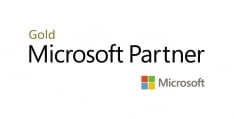

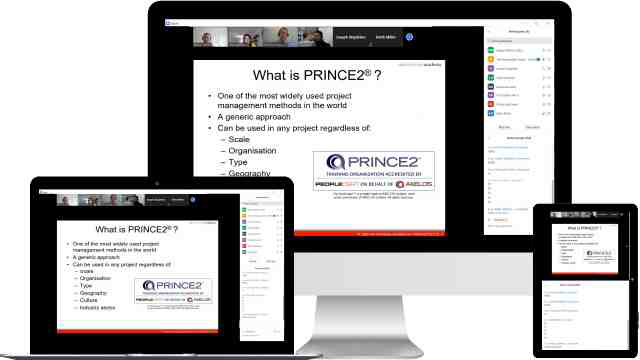
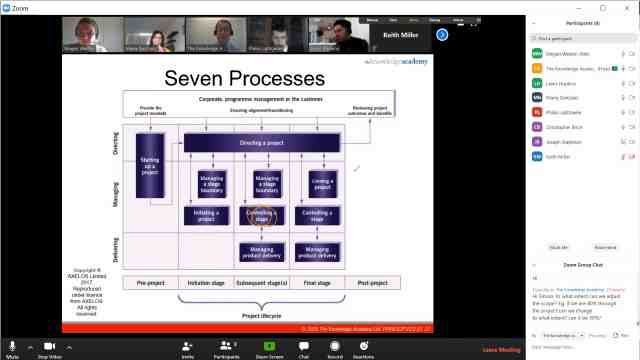
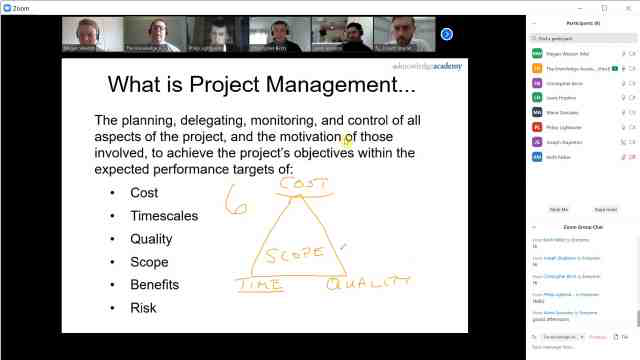
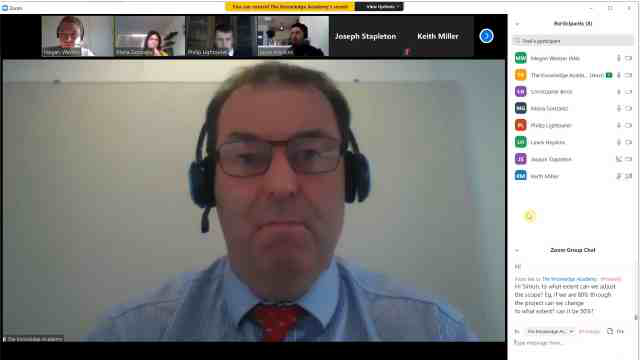
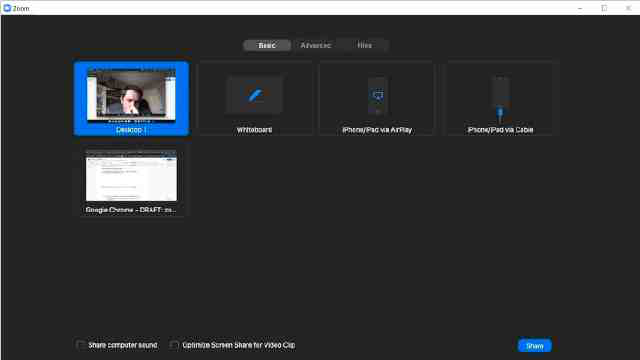




























 Back to course information
Back to course information




 If you wish to make any changes to your course, please
If you wish to make any changes to your course, please

